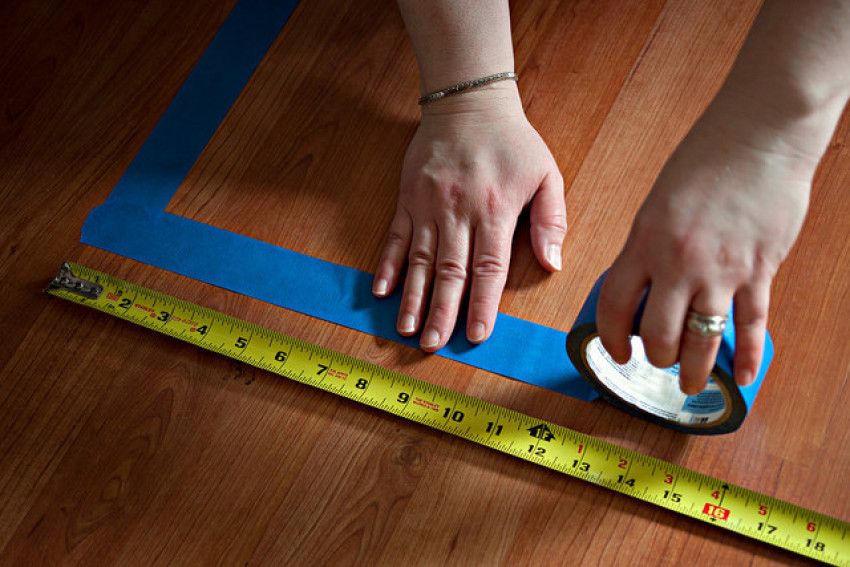
How to Measure Flooring: A Comprehensive Guide

Accurate measurements are crucial when it comes to installing flooring. Whether you're hiring a professional or doing it yourself, knowing how to measure flooring properly will save you time, money, and effort. Let's dive into the step-by-step process.
Gather the necessary tools
Before you begin measuring, gather the following tools:
- Tape measure
- Paper or notebook
- Pencil or pen
- Calculator
Having these tools on hand will make the measurement process smoother and more efficient.
Prepare the space
Clear the room of any furniture, rugs, or obstacles that may obstruct the measuring process. You need a clean and open area to obtain accurate measurements. Ensure that the floor is clean and free from debris to avoid any discrepancies in measurements.
Measure the length and width of the room
Start by measuring the length of the room. Take the tape measure and place it against one wall. Extend it across the room until you reach the opposite wall. Note down the measurement in your notebook.
Next, measure the width of the room. Place the tape measure against one wall and extend it to the adjacent wall. Again, record the measurement in your notebook.
Account for additional areas
In some cases, rooms have nooks, alcoves, or irregular shapes. Measure these areas separately by treating them as individual rectangles or squares. Measure the length and width of each section and record the measurements.
Calculate the square footage
To determine the square footage of the room, multiply the length by the width. For example, if the length is 12 feet and the width is 10 feet, the square footage would be 120 square feet.
Consider the type of flooring
Different types of flooring materials have specific installation requirements. Some may require extra material for pattern matching or to account for waste during the installation process. Check the manufacturer's guidelines or consult with a flooring specialist to determine the necessary amount of flooring material based on your measurements.
Add extra for waste and mistakes
To avoid running short on flooring material, it's recommended to add a 5-10% buffer to the total square footage. This accounts for mistakes, cutting errors, and waste. Round up the final square footage to the nearest whole number when purchasing flooring material.
Choose the right flooring supplier
Now that you have accurate measurements, it's time to choose the right flooring supplier. Look for a reputable supplier that offers a wide range of high-quality flooring materials at competitive prices. Consider factors such as durability, warranty, and installation services offered by the supplier.
Conclusion
Measuring flooring accurately is essential for a successful installation. By following the step-by-step process outlined in this article, you can ensure that you have the right amount of flooring material for your project. Remember to consider the type of flooring, add extra for waste, and choose a reliable supplier for your flooring needs.
